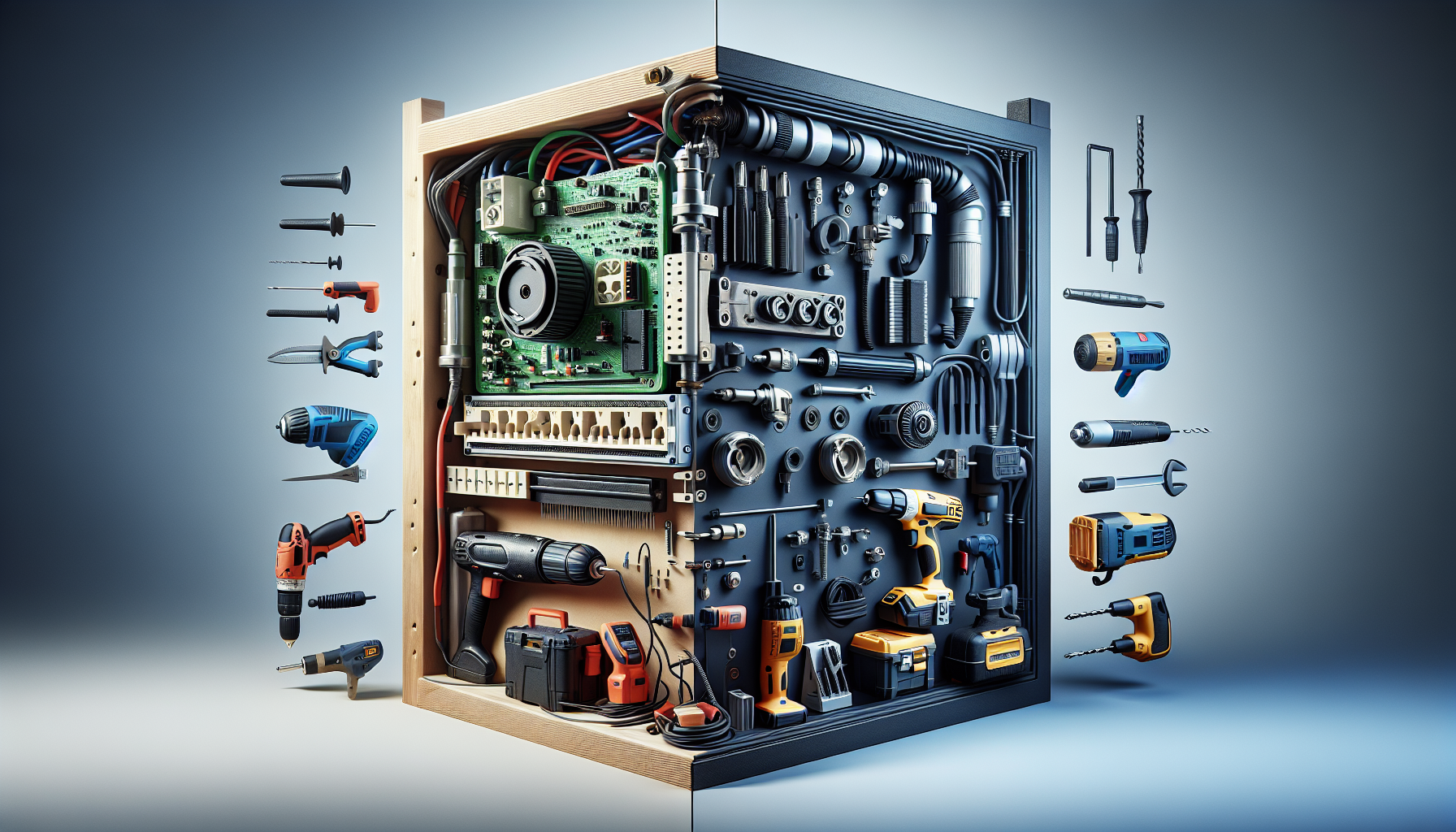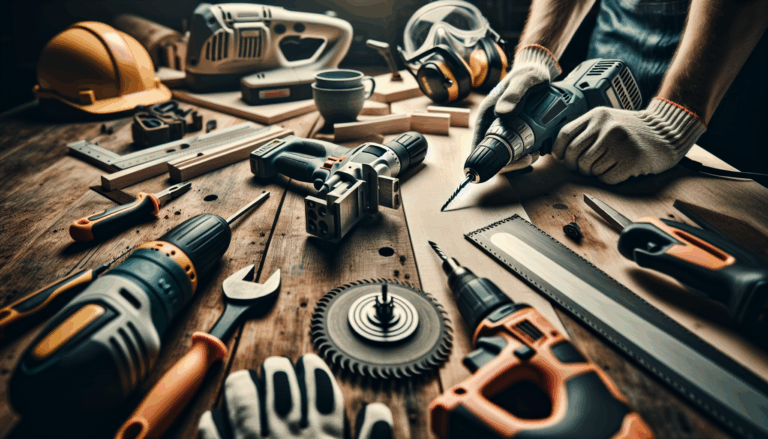Can I convert 240V AC to 18V DC for power tools?

Understanding AC and DC Power
Electricity powers our world, but not all electricity is the same. When it comes to power tools, understanding the difference between Alternating Current (AC) and Direct Current (DC) is crucial. Whether you’re a DIY enthusiast or a professional, knowing how these two types of current work can help you make informed decisions about your tools and projects.
What Is Alternating Current (AC)?
Alternating Current, or AC, is the type of electricity supplied by your home’s power outlets. Here’s what makes it unique:
- Direction of Flow: AC electricity changes direction periodically, typically 50 or 60 times per second (measured in Hertz or Hz).
- Voltage Levels: AC voltage can be easily stepped up or down using transformers, making it ideal for long-distance power transmission.
- Common Uses: AC powers household appliances, lighting, and industrial machinery.
Most homes receive AC power at 120V or 240V, depending on the region (Electronics Tutorials – DC Circuits).
What Is Direct Current (DC)?
Direct Current, or DC, flows in a single, constant direction. Here’s why it’s preferred for power tools:
- Stable Voltage: DC provides a steady voltage, which is essential for the precise operation of power tools.
- Battery Compatibility: Many cordless power tools run on DC batteries (e.g., 18V or 20V).
- Efficiency: DC motors are often more efficient and durable for tool applications.
While DC is less common in household wiring, it’s the backbone of portable electronics, vehicles, and power tools (All About Circuits – Direct Current).
Can You Convert 240V AC to 18V DC?
Yes, but it’s not as simple as plugging in a converter. Here’s what you need to know:
The Challenges
- Voltage Drop: Reducing 240V AC to 18V DC requires specialized equipment.
- Safety Risks: Improper conversion can damage tools or pose electrical hazards.
- Warranty Concerns: Modifying tools may void warranties.
Safe Conversion Methods
If you need to power an 18V DC tool from a 240V AC source, consider these options:
- Use a Power Supply or Adapter: A dedicated AC-to-DC power supply can convert the voltage safely. Look for models with built-in voltage regulation and overload protection (Power Electronics News – AC/DC Power Supplies).
- Invest in a Compatible Tool: Instead of modifying your tool, buy one designed for your region’s voltage. Many brands offer dual-voltage models for international use.
- Consult a Professional: If you’re unsure, an electrician can assess the feasibility of conversion and recommend certified equipment.
Safe Ways to Achieve Compatibility
Before attempting any voltage conversion, it’s essential to understand safe methods to achieve compatibility between your power source and tools.
Using a Transformer and Rectifier
A transformer can step down 240V AC to 18V AC, but you’ll still need a rectifier to convert AC to DC. This method is technically feasible but complex and may not be cost-effective (Electronics Notes – Rectifier Circuits).
Purchasing Compatible Tools
The safest approach is to invest in power tools designed for your region’s voltage. Many manufacturers offer tools with interchangeable batteries or universal power supplies that eliminate the need for conversion.
Professional Consultation
If you’re determined to modify your existing tools, consult a qualified electrician. They can assess risks, ensure compliance with local regulations, and recommend safe solutions (OSHA – Electrical Safety).
Safety First!
Working with power tools and electricity requires strict adherence to safety protocols. Here are essential guidelines to follow:
Electrical Safety Basics
- Know Your Voltage: Always match the tool’s voltage requirements with the power source.
- Inspect Cords and Batteries: Frayed cords or damaged batteries can cause short circuits.
- Use GFCIs: Ground Fault Circuit Interrupters prevent electrical shocks by cutting off power if a fault is detected.
Common Hazards and Prevention
- Electrical Modifications: Avoid DIY voltage conversions unless you’re experienced. Consult a professional instead.
- Overloading Circuits: Distribute tools across multiple circuits to prevent overheating.
- Improper Tool Handling: Always read the tool’s manual and wear protective gear.
Essential Safety Gear
Protective equipment is crucial when working with power tools:
- Safety glasses
- Gloves
- Ear protection
- Dust masks
Final Thoughts
Understanding the differences between AC and DC power is essential for anyone working with power tools. While converting 240V AC to 18V DC is possible, it requires careful planning and the right equipment. Always prioritize safety and consider professional advice when in doubt.
By choosing the right tools and methods, you can tackle your DIY projects with confidence and efficiency. Remember, electricity isn’t something to take lightly—when in doubt, consult a professional.
Sources
- All About Circuits – Direct Current
- Electronics Notes – Rectifier Circuits
- Electronics Tutorials – DC Circuits
- OSHA – Electrical Safety
- Power Electronics News – AC/DC Power Supplies


